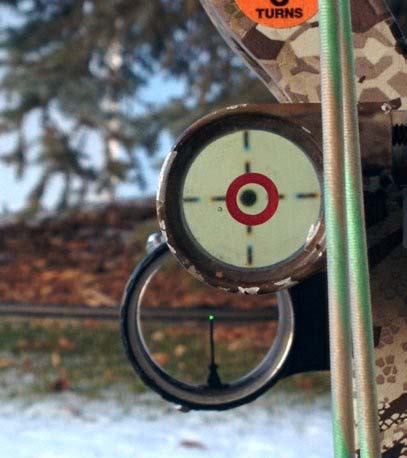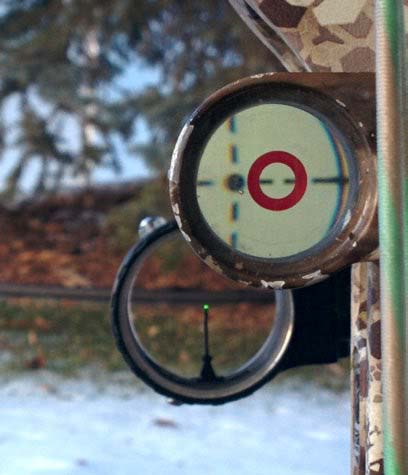Bowhunters are always looking for tips and tricks to make their arrow groups tighter. When buying a bow for the first time it is pretty much standard that pro shops recommend and install a peep sight. A peep sight is a simple concept of looking straight through the string to see your pins and place them on your target, forming your line of sight and allowing the archer to aim.
|
|
|

Ditch the peep sight
There are other devices out there instead of a peep sight that have far more benefits. Wouldn’t it be nice to know when you’re torquing your bow before you release the arrow? Or to use every minute of legal light when hunting on dark cloudy days or in the heavy dark and dense forest? Consider what it would be like not having to worry about your peep twisting or reminding yourself to twist your peep back into proper alignment before drawing. Wouldn’t it be great to have a device that tells you when your sight line is perfect no matter what awkward position you have twisted yourself into when in the field?
All these benefits are possible with Archery Innovation’s Anchor Sight and IQ Bowsights Retina Lock. Both these devices use the same concept and are eye alignment devices complementary to your sight line and pins. Below I will outline the benefits of using these eye alignment devices instead of a peep sight such as reliability, torque notification, no string drag, and last but not least, your natural correct shooting form adopted and set.
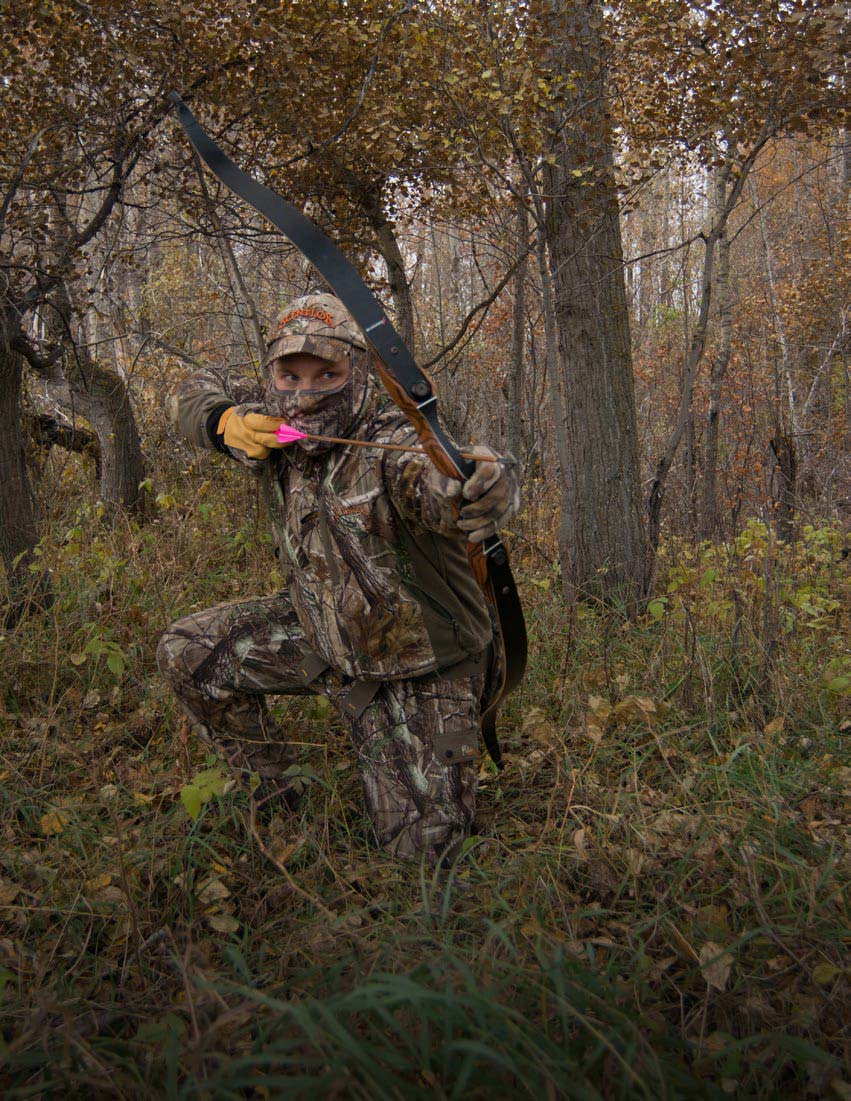
Find your anchor points
Any experienced bowhunter or archer will tell you that a solid anchor point is absolutely essential to accurate consistent shooting. A peep sight is actually an optional device. No traditional shooters use them and they rely on a solid anchor for consistently accurate shooting. I remember once at the range I was shooting without a peep sight and archers were blown away – they did not realize you could do this. Anchor points are personal preferences, however, the bone in your hand or wrist touching the bone in your jaw is a common well known solid anchor point. It is referred to as bone on bone and creates a solid anchor that can easily be remembered. The more anchor points you have the better so try your finger, your thumb, your nose, back of your neck, cheek, corner of your mouth, etc.

Using the Anchor Sight
The Anchor Sight works like a level or the bubble within a level. However, instead of the bubble being able to go only back and forth on a single axis, the anchor sight has both an x and y-axis. A perfect alignment is when the black dot is perfectly placed inside the red circle. If the black dot is either right or left of the red circle, it means you are torquing your bow to that side accordingly. If the back dot is higher or lower than the red circle your shot will end up higher or lower than intended.
To perfect your anchor points, shoot at a close distance without an eye alignment device or a peep sight for a few weeks until your groups are nice and tight. Make sure the string is always in the same spot along the outside edge of your sight housing. If it helps you can adjust your sight pins to help you aim better, but the focus here should be on consistent form and tight groups, not accuracy.

After solidifying your anchor point it is time to install the anchor sight as follows. Screw the device onto the bow so is as close as possible to your sight pins but does not interfere with your sight window. Close your eyes. Draw your bow. Settle into your anchor point(s). Open your eyes. Is the eye alignment device correctly aligned? Adjust until it is and then tighten down so it cannot move. Finally, adjust your sight pin (s) accordingly as you would normally.
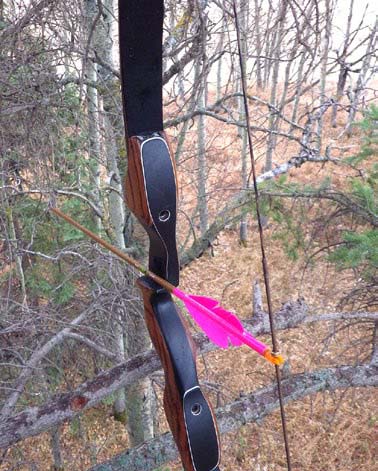
By first solidifying your anchor point and then adjusting the anchor sight device to inform you if you are not at perfect anchor, you will never again doubt if you are not before releasing an arrow. This brings huge advantages to bowhunters who find all sorts of awkward and unnatural positions to shoot from while in the field like kneeling, twisting around a tree, steep incline, or decline, or sharp angles from tree stands.
Perfecting Your Tendencies
Any archers have natural tendencies, whether good or bad, but the anchor sight helps you set which tendencies you want to keep and which ones you want to eliminate. It is basically like finding the perfect form for shooting your bow, locking that form down so you can easily find it again with a quick reference check before taking your shot.
A peep sight will not give you the feedback that an anchor sight will like when your bow is torqued, your form is wrong or you are off your anchor point(s). The anchor sight gives you the feedback you need and in time to make the necessary adjustments before releasing the arrow. It is best not to compensate by forcing a correcting, but to redraw or adjust and then settle into your anchor and form. Do not force incorrect form back into correct form. For example, if you are torquing the riser, do not twist your wrist back to compensate, instead, open your hand and tell the riser fit into where it is supposed to be.
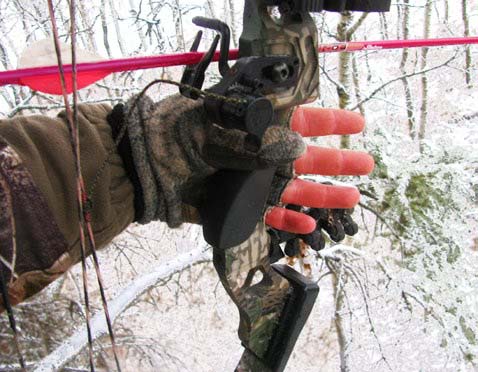
Size Matters
Peep sights come in a variety of different sizes and the large ones are great for shooting at low light during that final 15 minutes of legal light. However, the larger the peep sight hole diameter the less accurate your peep sight becomes because you have a lot of leeway. The smaller the peep sight the more accurate it should be, however that means a lesser amount of light will be available to see your pins.
Many years ago this happened to me where I could see my pins but as soon as I drew back my bow and looked through my peep sight, the pins were no longer visible. This situation never happens with an anchor sight. Because the background of the anchor sight has light gathering capabilities and glows, just like fiber optics sight pins, you are always able to see the red circle and black dot right up until legal light ends.
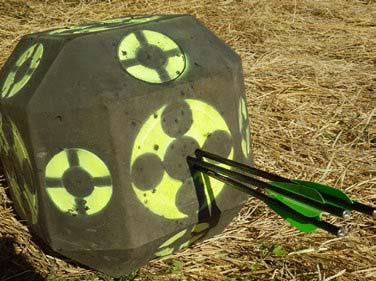
devices will help attain this
I have often heard the advice to use a large peep sight as a bow hunter, but I tend to disagree with this. Bowhunters have to shoot in a variety of positions in the field and with a large peep sight has too much real estate to notify you of misalignment. You can quite easily have your sight housing lined up with your peep sight and the pin in the middle and have no idea you are torquing your bow.
Also, oftentimes, when you are shooting in lots of light the peep sight, may not even be able to line up with the site housing because the hole is so large. A large peep sight in bright situations eliminates the front and back reference that need to be aligned, thus defeating the point of even having a peep sight. Without a correct front and back reference, the shooter has no idea if they are in alignment. Because

When I am shooting at the range it is not uncommon for me to see several archers giving their peep quarter-turn before they draw an anchor and shoot. I cannot imagine having to do this in the field during the moment of truth. There is no time for extra activities during the moment of truth when you are about to shoot an animal. Another reason the anchor sight is so good at helping you aim is that it is mounted securely to the bow. A peep sight is finicky with either its string splitting or rubber tube install methods. The anchor sight gives you the dependability you need in the field and always allows you to count on the front and back reference being aligned in the same place it was originally installed in. In addition, because nothing is added to the string no drag occurs.
Using the anchor sight device takes some getting used to. For starters, you have to look off your line of sight to make sure you are in alignment. As you get used to it though it just becomes a quick check to make sure the circle is lined up in the circle and crosshairs and you know you have the sight line you want.
Another difference from using a peep sight is that the string gets lined up on the outer edge of the site housing. The Archer no longer looks through the string but actually keeps the string off to the side which aligns much better with your facial features. In essence, the string is between your two eyes and your dominant eye is now focusing on the sight line where it should be. I suppose if you did not want to look to the side of the string and you wanted to continually look through the string you can install a large diameter peep sight and use the anchor sight in addition to that. As I mentioned earlier large-diameter peep sights are virtually useless for helping accuracy and aiming but this will allow you to look through the string if you do not want to look to the side of it.
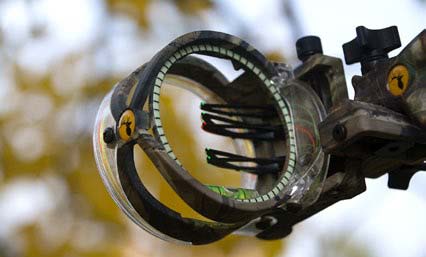
IQ Sight
For some, the anchor sight is too big of a leap or change from the traditional peep sight and they end up reverting back to what they know. If you prefer a less drastic step then try the IQ sight with its retina lock technology. It has an eye alignment device integrated into the site housing. They still recommend using a peep sight with it and the retina lock, what they referred to as the alignment device, simply informs you if you are torquing or not alignment device. The anchor sight can be installed complementary to any site pin system, unlike the IQ sight. The IQ sight is much smaller than the anchor sight but has far fewer adjustment capabilities.
I highly recommend giving these eye alignment devices a try. It allows you to correct your form (if required), set your form, and always make sure you are using that exact same form no matter what position you have managed to twist yourself into in order to get a shot at an animal – right up until shooting light fades. I will never again use just a peep sight for bow hunting.

By Gord Nuttall
_______________________________
Find more bowhunting tips here!
Per our affiliate disclosure, we may earn revenue from the products available on this page. To learn more about how we test gear, click here.






